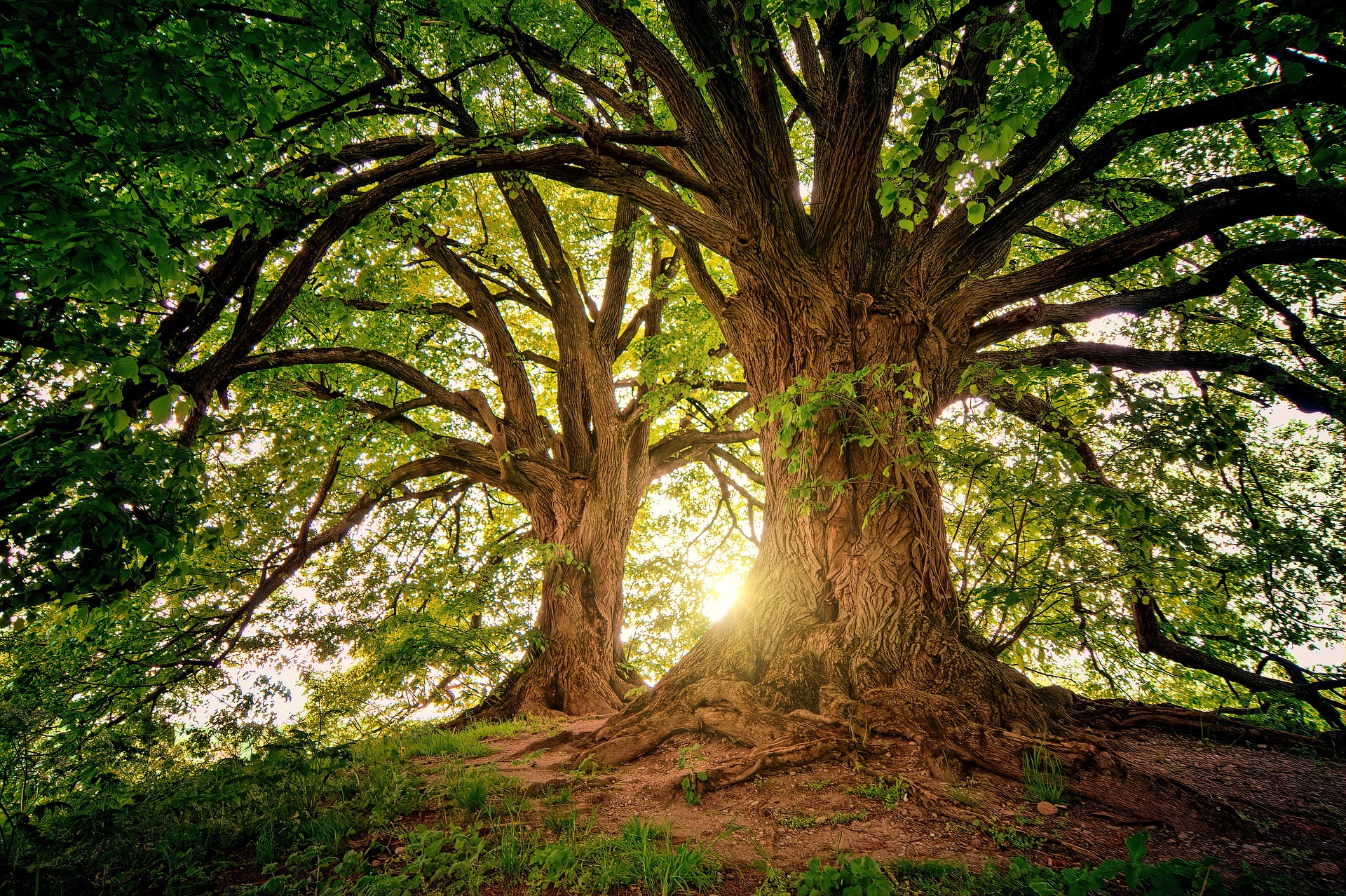ARE YOU READY FOR SOME HELP?
Damage caused by fall webworm
Fall webworms create large web nests in trees, they are mainly an aesthetic pest and usually don’t cause serious harm to healthy trees, although they will defoliate branches and sometimes entire trees, and they can stress a tree. They eat leaves of almost all deciduous trees, especially alder, aspen, willow, cottonwood and fruit trees, but are most commonly seen on chokecherry and cottonwood.
Image by: Whitney Cranshaw, Colorado State University, Bugwood.org
How to identify fall webworm
Fall webworm eggs are light green or yellow and are laid on underside of leaves in hairy clusters of a few hundred. The larvae are pale yellow or green, with a black head, a dark stripe on the back, two dark spots on each body segment, and long white hairs coming from red or black bumps. They can reach a length of 1 1/2″. The adult fall webworm is a mostly white moth, sometimes they have black or brown spots on the forewings. They have a wingspan of about 1 1/4″.
Image by: Mark Dreiling, Retired, Bugwood.org
Life cycle of the fall webworm
In late June to early July adult fall webworm moths emerge from their cocoons They fly at night, like most moths, and lay eggs on the underside of tree leaves. These eggs hatch in about a week. The larvae spin a silk web tent over the area where they are feeding to protect them from predators. The young larvae eat parts of the leaves leaving veins. Older larvae eat the entire leaf. The web tents are concentrated at the tips of branches. In mid-September, larvae quit feeding and move to a protected location, often cracks in the tree bark or in the leaf litter at the base of the tree. Here they spin a thin brown silk cocoon where they pupate through the winter. The Fall webworm has one generation per year in Colorado.
Image by: Lacy L. Hyche, Auburn University, Bugwood.org
How to control the emerald ash borer
There are several preventative treatments for this pest. The main treatment chemicals are Permethrine, Bifenthrin, Imidacloprid, Dinotefuran, Emamectin benzoate, and Azadirachtin. These chemicals are delivered to the tree by soil injection, trunk injection or trunk spray. Treatments are best when done as a preventative; however, depending on the amount of crown damage, some curative treatments are possible. The effectiveness of these treatments has a lot to do with health of the plant, soil conditions, and other environmental factors. It is also suggested that treatment should be done if emerald ash borer is detected within 15 miles of your trees. We are recommending preventative treatments for your trees even if you are out of the 15 mile radius depending on the size and potential of your ash. This pest traveled over 600 miles from last known location in Kansas in a short period of time. In addition to natural vectors, human vectors can move this pest rapidly. Do not move ash fire wood out of your specific location.
The key is not to panic. We feel that early detection in the city of Boulder allows for a sensible rapid response. We are offering Imidacloprid soil injection and permethrin trunk applications in the spring. Two trunk applications have proven effective on some ash trees. We are also suggesting the standard trunk spray for lilac ash borer on ash trees under 8 inches in diameter. If emerald ash borer is detected in your neighborhood an assessment of plant health and vigor should be done to determine if treatment is the best option. Be proactive and plant other tree species that are not susceptible to emerald ash borer. If concerned, always consult an ISA certified arborist. And remember commercial applicators must be licensed by the Colorado Department of Agriculture.
Please feel free to call with any questions. We are here to help and serve our customers. One of the best information websites I have found is www.emeraldashborer.info. Thank you for your confidence in Fort Collins Tree Care. Our goal is the preservation of your tree using the most appropriate treatment options available when and if needed.













